Whipple Museum of the History of Science
A treasure trove of astronomical, mathematical, and scientific instruments at Cambridge University.
“I little thought when I bought an old telescope, for the sum of 10 francs from an antique shop in Tours in 1913 that I was embarking on the slippery slope of collecting.” - Robert Stewart Whipple
Growing up with a scientist father in London, Robert Stewart Whipple’s entire life was spent around scientific tools and inventions. He too eventually fell into the sciences — first as a an assistant apprentice to different a scientific instrument makers, and then as the chairman of the Cambridge Scientific Instrument Company.
In 1913, at the age of 42, he began to collect fascinating scientific objects, continuously adding to it until he had a trove of over one thousand of astronomical, mathematical, and scientific instruments and books. Today those scientific instruments are the foundation of the Whipple Museum of the History of Science, located in the old Perse Hall at the University of Cambridge’s campus.
The pieces and rare books on display represent the diversity and evolution of instruments used in astronomy, navigation, surveying, drawing, and calculating. The museum’s Main Gallery is filled with glittering sundials and telescopes, delicate maps and tapestries, and old calculating machines dating from medieval times to present.
There are many noteworthy pieces on display. Among them is one of five existing 10-foot royal Herschel reflecting telescopes constructed in 1781. William Herschel, the astronomer who discovered Uranus (he originally named the planet Georgiium Sidus, which is Latin for ‘George’s Star’), built the telescope for King George III. The Whipple Museum also has a number of Charles Darwin’s microscopes, a portion of Charles Babbage’s Difference Engine no. 1, and Isaac Newton’s Principia Mathematica in the library.
Part of researching science history involves studying and understanding the technological innovations that have allowed discovery. As science became a professionalized discipline during the 19th and 20th centuries, scholars began to treat the history of science as its own distinct field of research. Craftspeople were beginning to make a living on solely manufacturing scientific and medical instruments, and scientists were forming societies and committees for the field.
Whipple decided to donate his collection with the promise that institution would preserve and educate people on the history of science. When he founded the Whipple Museum at Cambridge in 1944, his collection was so large that initially not everything fit in one space, and parts had to be stored in other halls of the university.
Whipple left behind centuries of historical artifacts that mark the progress of scientific innovation. While he died in 1952, his collection continued to grow. The rare book collection now has 3,000 volumes for students and researchers to peruse. As more pieces were donated to the museum the collection had to be moved in 1959 to the larger Perse Hall, which is now the permanent home to Whipple’s treasured scientific instruments.
Know Before You Go
The museum is free and open to the public. The entrance is on Free School Lane in the center of Cambridge's campus. The museum is only open Monday to Friday and is closed on weekends and bank holidays.
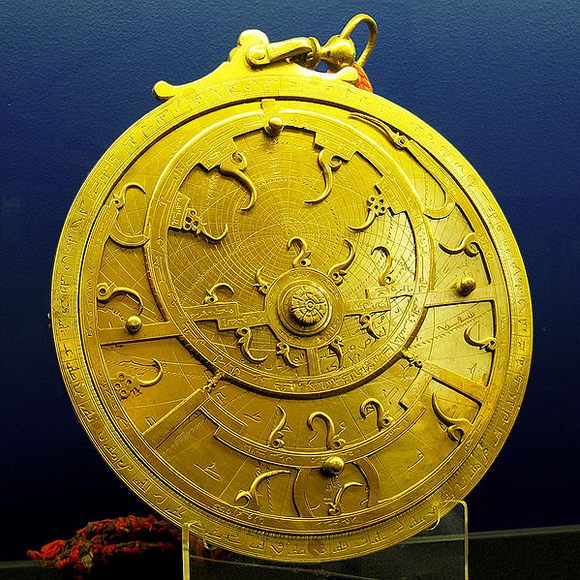

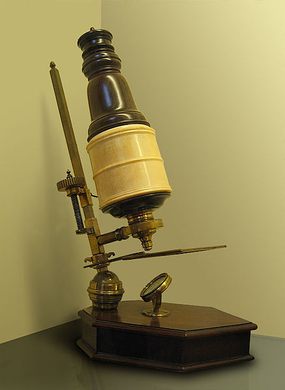
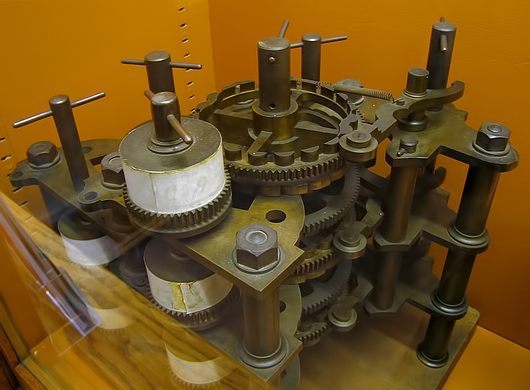
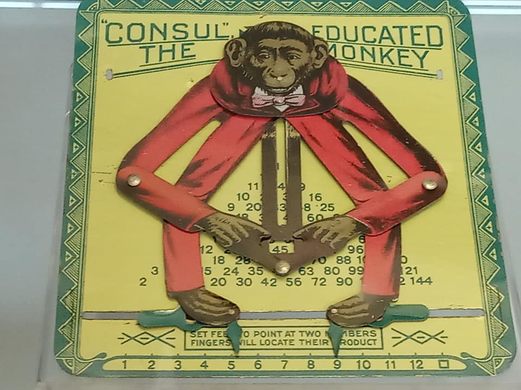
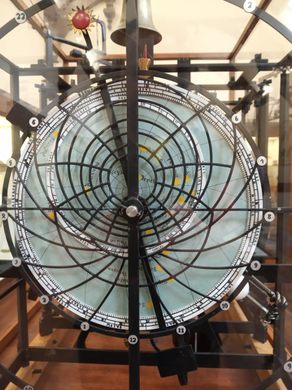




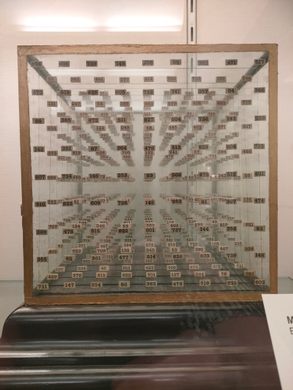

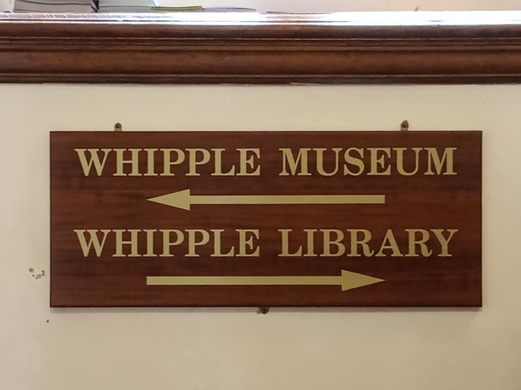






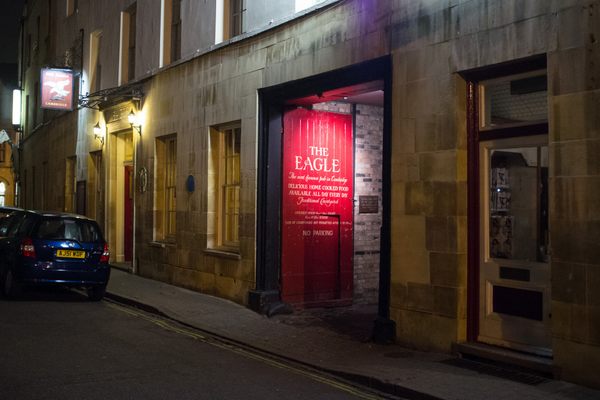


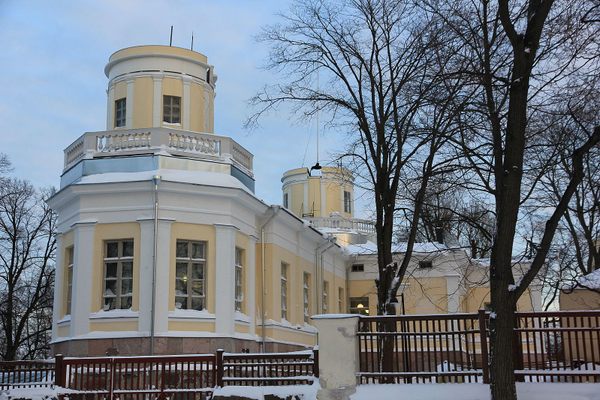
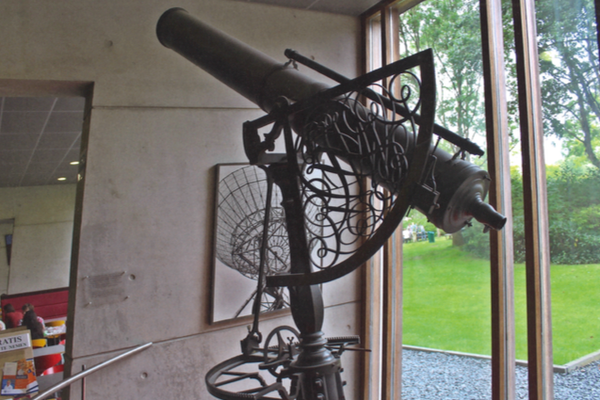



Follow us on Twitter to get the latest on the world's hidden wonders.
Like us on Facebook to get the latest on the world's hidden wonders.
Follow us on Twitter Like us on Facebook